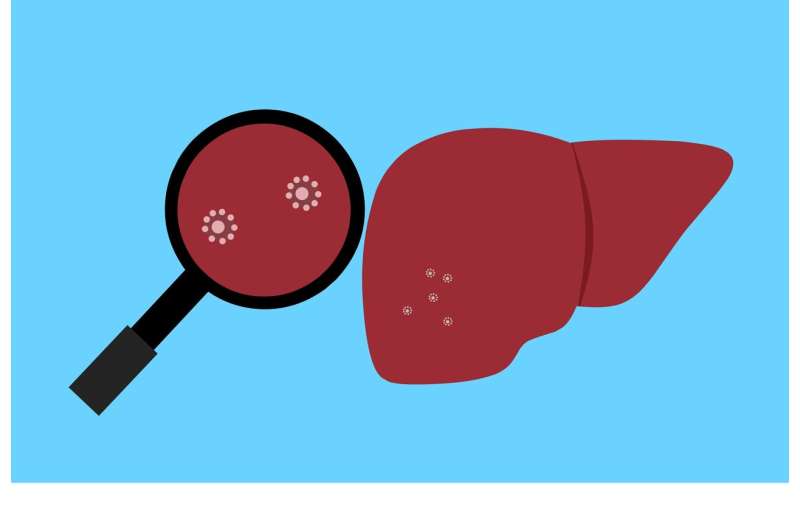Uncovering Key Factors That Influence Active Aging in Communities

Discover how neighborhood quality and social bonds significantly impact physical activity among older adults, highlighting strategies to promote active aging across communities.
Recent systematic reviews conducted by researchers at the University of Bath’s Center for Motivation and Behavior Change have shed light on the important role that neighborhood quality and social bonds play in promoting physical activity among older adults. Published in the International Journal of Behavioral Nutrition and Physical Activity, these studies emphasize that in wealthier communities, older adults tend to be more physically active not just because of access to parks or facilities, but due to the overall quality of their environment and social environment.
Analyzing over 100 UK-based studies, the researchers found that feeling part of a community, owning a dog, and having access to well-maintained, secure green spaces are significant determinants of activity levels among seniors. Olivia Malkowski, the lead researcher, explained that simply having parks nearby isn’t enough—if areas feel unsafe, overrun with hazards, or are uninviting, older adults are less likely to engage in outdoor activities.
The reviews incorporated nearly 80 quantitative studies and 30 qualitative studies, exploring both statistical data and lived experiences of older adults from lower socio-economic backgrounds. The findings suggest that disparities in neighborhood conditions and social connections largely explain why residents of wealthier areas tend to stay more active.
Dr. Max Western, a co-author, highlighted that improvements in neighborhood safety, aesthetics, and community engagement could be powerful strategies to encourage active aging in less affluent areas. Small environmental and social changes might significantly enhance older adults’ motivation and ability to remain active, fostering healthier and more connected communities.
This research underscores the importance of holistic urban planning and community development approaches to support active aging, especially for vulnerable populations. Prioritizing not just access but also the quality of social and physical environments can make a meaningful difference in seniors' health and well-being.
Source: MedicalXpress
Stay Updated with Mia's Feed
Get the latest health & wellness insights delivered straight to your inbox.
Related Articles
Potential of Cholesterol-Lowering Drugs as a New Treatment for Liver Cancer
Research reveals that atorvastatin, a common cholesterol-lowering medication, may be repurposed as an effective treatment for liver cancer, offering hope for improved therapies and patient survival.
Metabolic Insights from Kidney 'Immune Hubs' Open New Therapeutic Avenues
New research reveals how metabolic regulation within kidney immune hubs, called TLSs, offers promising therapeutic and diagnostic opportunities for kidney diseases by focusing on glutathione dynamics and immune cell interactions.
New Research Reveals a Biological Connection Between FND and Chronic Pain That Could Reduce NHS Healthcare Costs
A groundbreaking systematic review uncovers a shared neurobiological link between Functional Neurological Disorder and chronic pain, offering new pathways for treatment and NHS cost savings.
Australian Research Reinforces That Attempting to Suppress or Alter Gender Identity is Ineffective and Harmful
New Australian research confirms that efforts to suppress or alter a child's gender identity are ineffective and can cause long-term psychological harm. These findings challenge outdated practices and support affirming care for gender-diverse youth.



